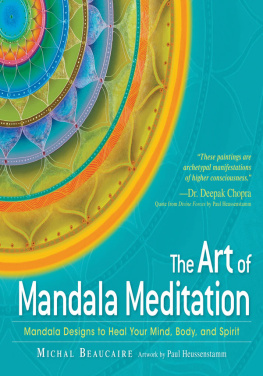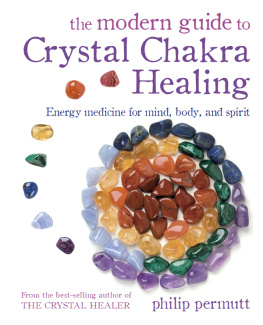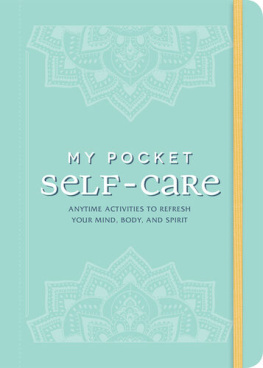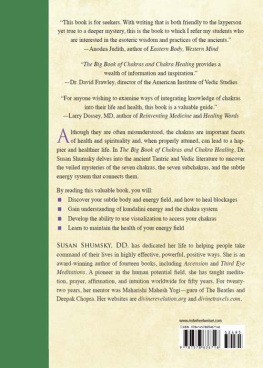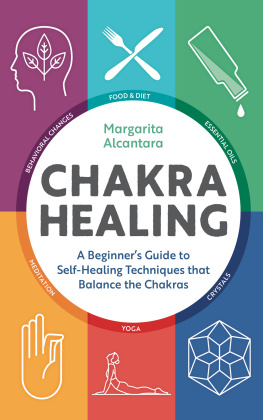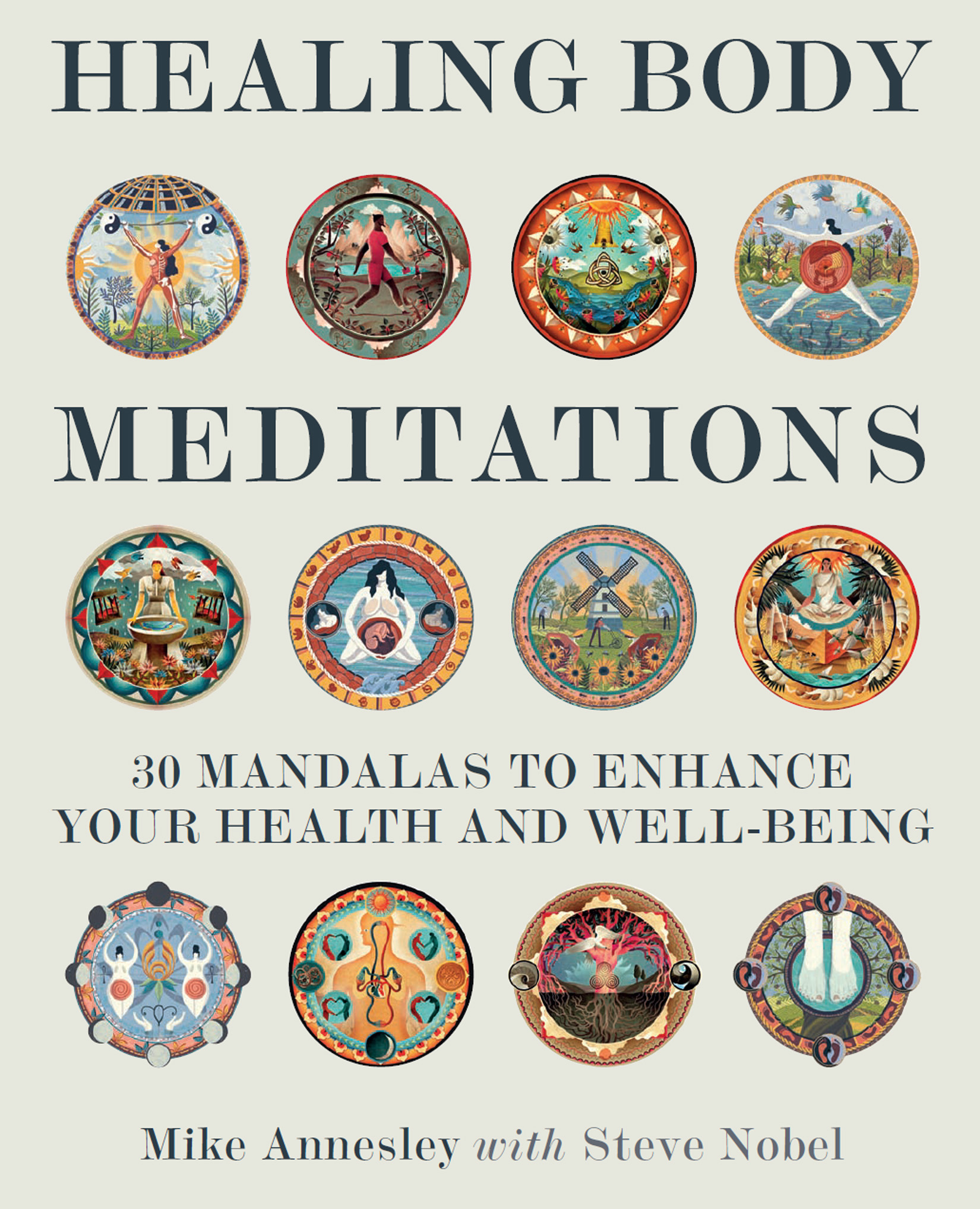
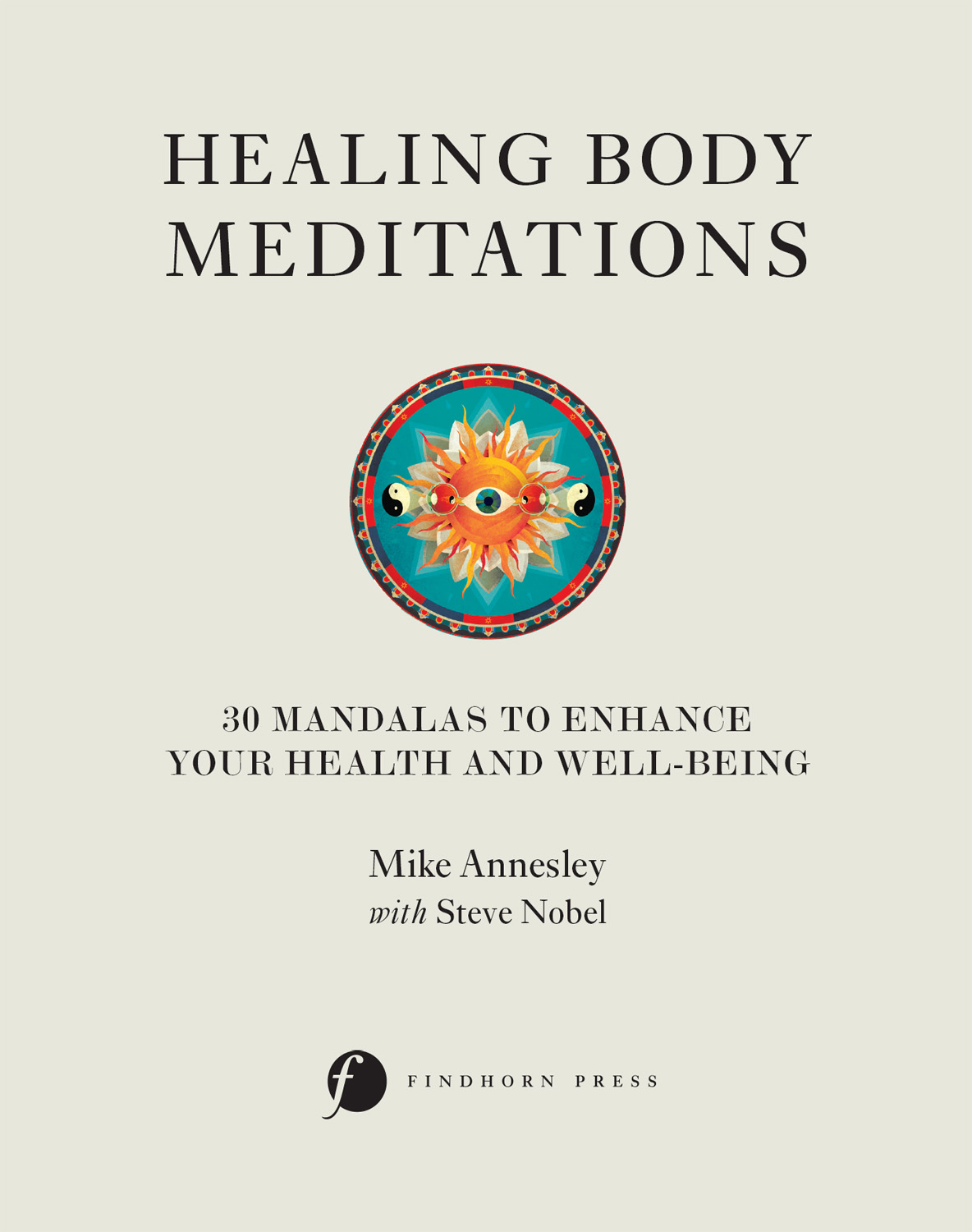
ACKNOWLEDGEMENTS
AUTHORS ACKNOWLEDGEMENTS
Mike Annesley wishes to thank Eddison Books, and specifically Stphane Leduc, NickEddison and Sverine Jeauneau, for having faith in this book and agreeing on the need fortop-quality artwork for the mandalas. Thanks too to Roger Walton for a design sympatheticto the books meaning and purpose and for spot-on artwork commissioning.
DESIGN
Roger Walton Studio
Eddison Books Limited
Creative Consultant Nick Eddison
Managing Editor Tessa Monina
Proofreader Nikky Twyman
Indexer Marie Lorimer
Designer Brazzle Atkins
Production Sarah Rooney
Natural forces within us are the true healers of disease.
Hippocrates
Healing comes only from that which leads the patient beyond himself and beyond his entanglements with ego ...
Carl Jung
FOREWORD
T he basic principle behind this innovative book of healing meditations is the transforming power of imagery of symbols.
Why are symbols important? Well, as Carl Jung pointed out, they emerge from our highest aspirations and also from our deepest psychic roots. The prehistoric cave paintings of Lascaux, France, remind us that symbols have been with us since the dawn of civilization. In our modern world we are constantly surrounded by them. How many people would fail to recognize the Stars and Stripes flag or the bitten Apple on our iPhone or iPad? We do not always grasp, however, the far-reaching daily effect symbols and metaphors have on us. Their power to influence us has been long known to advertisers, which is why millions have been invested to find the right symbols to shape our buying habits. We find symbols, too, in global culture throughout history, and from there they have passed into our own minds.
In our complex inner lives, symbolism is an internal language whereby our unconscious minds attempt to communicate meaning to us. Many books have been written on interpreting dream symbology. What is not so often considered is that this symbolic language is a two-way street. This means that, just as our unconscious speaks to us, we can learn to speak back. Using symbols in this way can help to enrich many aspects of our lives. It can help to enhance our peace of mind and our vitality, and also generate healing which is, of course, what this book is all about.
I was introduced to the incredible power of working with symbols in my early 30s when I began studying Wicca. This spiritual-magical path, among others, taught me the value and power of meditation. It also taught me how to use simple ritual and symbols for healing and personal empowerment. Quite quickly I learned that focusing on symbols has different effects on my psychological state. For instance, it is hard to feel depressed or upset while focusing on an image such as a field of golden sunflowers glowing in the midday sun. Similarly, I discovered symbols can be used to activate the resources of the unconscious mind. One powerful energizing practice I learned many years ago was to meditate on all the chakras, picturing them as different-coloured vibrant flowers opening from the base of spine to the crown of the head. This is a useful technique I continue to this day.
This book has very specific practices you can deploy to access the miraculous healing power of the body. I know from personal experience that this is more than just theory. Let me now give you one powerful example.
A few months before writing this foreword, a dramatic situation arose with Eva, my young granddaughter. She had half a finger amputated in an accident in the home and was rushed to hospital. The finger was surgically sewn back on. However, we were warned after the operation that there was only a 50 per cent chance it would take. After a few days, we saw her finger was not healing properly: we were all concerned that it had an unhealthy black-blue hue. I spoke with her mother and was given permission to try a healing meditation with Eva. This meditation involved using The Force from Star Wars. I had introduced her to the whole series of Star Wars films a year or so before the accident and she absolutely loved them. I agreed with Eva to speak with her every day until her finger healed. Eva was amazing. She never once questioned the process. So, using this healing metaphor, I called her for about 10 days. We spoke on the phone or on Facetime, and I guided her to breathe in The Force through the crown chakra all the way down into the heart chakra, and from there into her hand and then down into her finger. I did the meditation with her and imagined I was healing also. As we did this, I described The Force as a bright healing light, and I also affirmed her natural ability to heal. Eva believed The Force could do many incredible things: she had seen it on TV a number of times. I worked with this belief, and very soon her finger was happily restored to a normal healthy colour!
This is just one example of the healing power of symbols. The visual dimension enhances that power for those who are visually inclined. Mandalas, which are potent healing diagrams charged with empowering symbolism, remind us of our relation to personal and universal forces that can be accessed through the language of resonant imagery. In this book you will find 30 beautiful mandalas with clear instructions to help you, the reader, address specific concerns and move towards greater health and well-being.
Bright blessings!


INTRODUCTION

The 30 mandala meditations in this book have been specially devised to address the meditators relationship with his or her own body, and with symptoms such as pain, fatigue and anxiety. Hence they depart in imaginative ways from traditional mandala patterns. However, the basic principles they follow are long-established: the idea of using visual imagery for focusing the mind through mindful awareness; and the increasingly known connections between meditation and healing. This Introduction looks at such important contextual topics as well as describing the chakras since each chapter of the book begins with a chakra mandala meditation. To conclude, there are helpful suggestions about how to use the book most effectively.
MEDITATION AND MANDALAS
A few of the meditations in this book use mantras and affirmations. But all 30 are based on the long-established tradition of mandala meditation, using symbolic elements within a design to stimulate healing thought.
M editation is a time-honoured mind and body practice widely used not only for spiritual self-development but also for enhancing calmness and physical relaxation, addressing psychological problems such as anxiety and stress, coping with illness and generally boosting health and well-being. There are many different ways to meditate, but most have four ingredients in common. First, it is usual to find a quiet and peaceful place with minimal distractions. Second, a relaxed, open frame of mind is taken as the starting point: distractions will inevitably enter the mind, but you let them go without engaging with them. Third, a particular posture is adopted: you might sit (cross-legged or otherwise), walk or lie down, but the position is consciously chosen. Lastly, meditating requires a focus of attention something on which to concentrate the mind.


